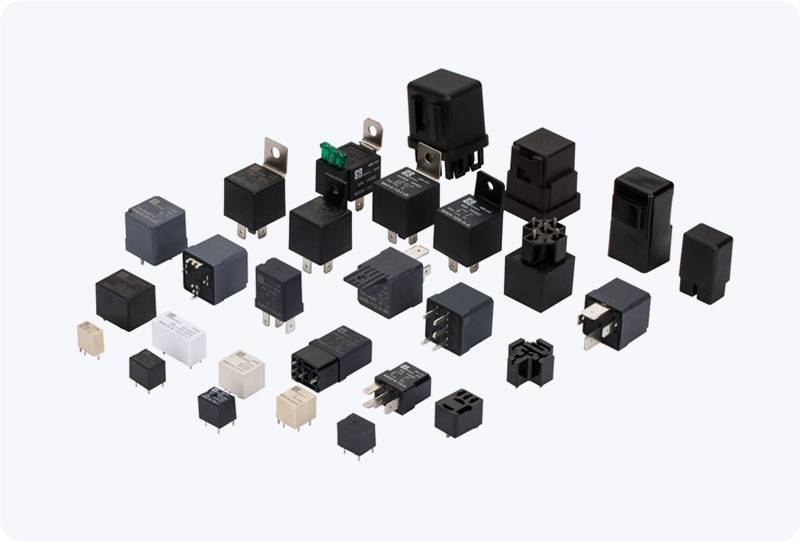The Dual Relay Module is a versatile electronic component widely used in various automation and control systems, particularly in microcontroller-based projects. It serves as a bridge between a low voltage control system, such as an Arduino or Raspberry Pi, and high voltage electrical devices, enabling users to control electrical appliances with ease. This article delves into the essential aspects of the Dual Relay Module, including its design, working principles, applications, and benefits.

What is a Dual Relay Module? A Dual Relay Module is an electronic module containing two relays, designed to allow microcontrollers or other control systems to manage two independent high-voltage devices. The relays act as switches that can open or close circuits, enabling the control of devices such as lights, fans, motors, or other electrical appliances. The primary advantage of using a relay module is that it provides electrical isolation between the control circuit (e.g., an Arduino) and the device being controlled, ensuring the safety of the low-voltage electronics. The module typically operates with a low voltage (3.3V or 5V) control signal from a microcontroller, which switches the relay to control higher voltage AC or DC devices. These relays are often rated for handling 5V DC or 12V DC inputs on the control side, and they can manage high-voltage outputs, such as 120V or 240V AC, on the load side.
Leave a Reply